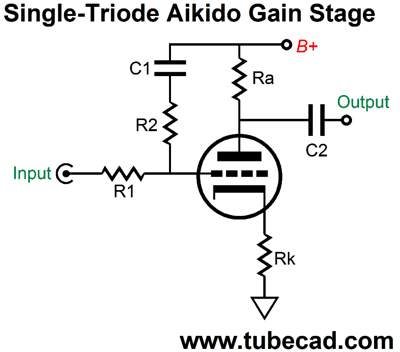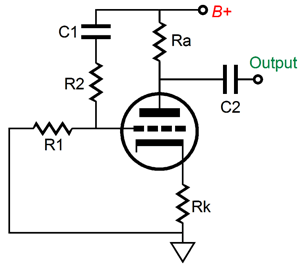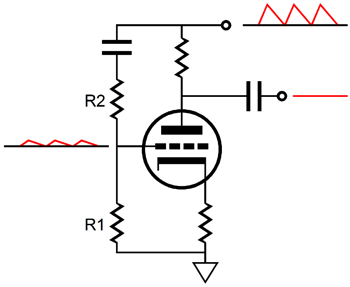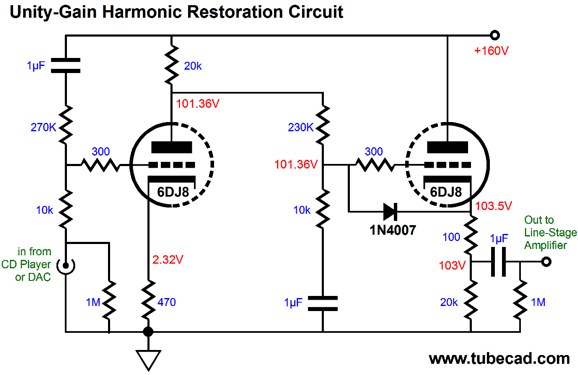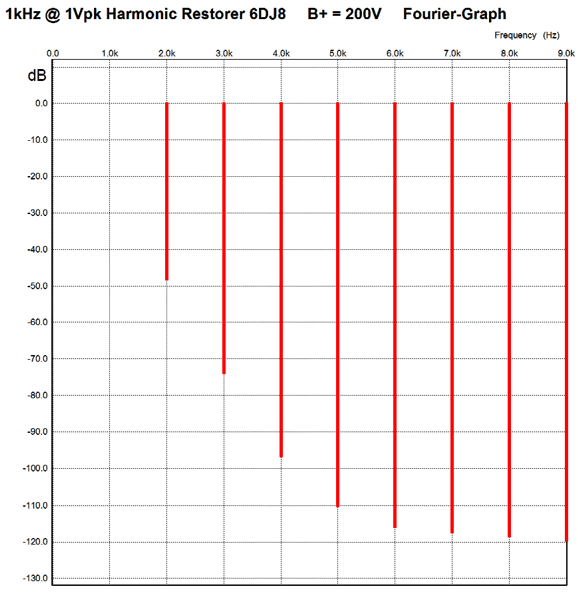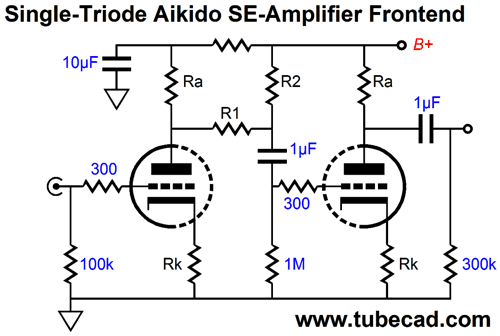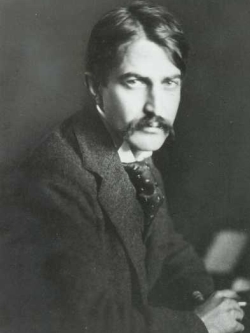| John Broskie's Guide to Tube Circuit Analysis & Design |
| 10 January 2015
What Happened to December 2014? Abraham Lincoln, however, was on to something profound when he said, “Folks are usually about as happy as they make their minds up to be.” Somewhere Schopenhauer (or it might have been Nietzsche) wrote that contentment guards against even the flu, for has any well-dressed woman—the assumption being that she is almost naked, but expensively and stylishly dressed—ever caught a cold? I know that I have become ill on occasion, because I wanted to be ill—or, rather I needed to be ill, as a day off from school or work or life would do me much good, so I succumbed as an act of will. Think about it: your body is covered and filled with germs that could do you much harm but don't. When they do, we say that you got sick; but the sickness was always latent. Much like the old-timer who makes sure that he lives on to see his 100-year birthday and then dies the next day, the very second that I feel that I can finally relax, I will get nailed good and hard. Thus, December was a mess. (And I don't want to mention how UPS delivered my package of essential parts to the wrong address...) So, I dared not post again, as each new post results in more e-mail. As it is, I could easily spend eight hours a day just answering e-mail. Just reading e-mail and not answering it takes hours. Stephen Crane wrote these lines:
I have read that Bill Gates employs six workers just to answer his daily e-mail. Speaking of Bill, he is the second best position: being rich and famous. The absolute best position is to be rich, but not at all famous. The worst position, the one I am in, is to be not at all rich, but famous. Staff, if only I had staff. Thus, just one post in December. I was once friends with a drug dealer, which is interesting for I have never used, but then my never having used is exactly why I was his only friend whom he could really trust. Well, one day he said to me, "If I had a secretary, I could rule the world." Indeed. I am quite tickled when an e-mail begins with "Dear Sirs," or when the e-mail asks that one of my employees call the writer or when I am asked who does my web pages or lays out my PCBs... Only me is the only answer. Recently, I discovered that many, if not most, cartoonists do not color their strips; rather they draw in black ink and send the black-and-white strips to a colorists to be finished. There is much strength in numbers, particularly if each does something different. One measure of a company's effectiveness is how many million does it make per employee per year. Million dollars! Yes, million dollars: $1,000,000. I remember seeing a trend in the data: that the rise in effectiveness was steep as a small company added each new employee, but fell off after something like 25 to 50 employees. Once a company becomes as large as GM—well, it's probably best not to go there. Well, I am stuck in the one employee slot, with just me. If I had a staff of ten, I don't know about ruling the world, but maybe ruling the tube audio world... who knows?
A New Look at Harmonic Restoration What got to rethink this concept was the single-triode Aikido gain stage. The what? That's impossible! No, not really, as here it is.
The assumption is that the signal source offers a low output impedance and that the values for resistors R1 & R2 are chosen carefully, for at just the right signal division, AC voltage division, the correct amount of power-supply noise is injected to the grid to create a null in that noise at the output. If this doesn't seem to make sense, then think about this situation: the input is grounded, so the only signal source is the portion of the power-supply noise that the two-resistor voltage divider (R1 & R2) allow to pass.
Since a grounded-cathode amplifier inverts its input signal's phase at its output, the small portion, the sampling, of power-supply noise will get amplified and inverted at the output.
Simple, no? As it stands, the single-triode Aikido is unsuitable for use as a Harmonic Restorer circuit, as we do not need any extra gain. Fortunately, it is easy to throw away gain, as all that is needed is a two-resistor voltage divider. Next, we add unity-gain buffer, a cathode-follower circuit and we arrive at a useable Harmonic Restorer circuit.
The ratios between resistors result in unity-gain and noise-free output. But what about the essential harmonic restoration? It is there alright. Here is a SPICE graph of the harmonics.
Note the wonderfully single-ended quality. Okay, what if you only listen to Absolute Recordings, so you have no need for harmonic restoration? Well, the single-triode Aikido gain stage can find wider application, for example in the frontend of a single-ended power amplifier.
Don't see it? Oh come on now, do not give up so soon. It's there. Do you see it now? The second stage is the single-triode Aikido gain stage. The assumption is that the first stage's B+ is sufficiently clean due to the RC filter, but that the second stage's B+ connection is not so clean. Resistors R1 & R2 set the required AC voltage division so that the second triode sees a null of power-supply noise at its output, which will then be passed on to the single output tube.
Next Time
If you don't know Stephen Crane's poetry, you should. He wrote strong, tough, masculine poetry. A super loss that he died so young, alas.
For those of you who still have old computers running Windows XP (32-bit) or any other Windows 32-bit OS, I have setup the download availability of my old old standards: Tube CAD, SE Amp CAD, and Audio Gadgets. The downloads are at the GlassWare-Yahoo store and the price is only $9.95 for each program. http://glass-ware.stores.yahoo.net/adsoffromgla.html So many have asked that I had to do it. WARNING: THESE THREE PROGRAMS WILL NOT RUN UNDER VISTA 64-Bit or WINDOWS 7 & 8 or any other 64-bit OS. I do plan on remaking all of these programs into 64-bit versions, but it will be a huge ordeal, as programming requires vast chunks of noise-free time, something very rare with children running about. Ideally, I would love to come out with versions that run on iPads and Android-OS tablets.
//JRB |
E-mail from GlassWare Customers
High-quality, double-sided, extra thick, 2-oz traces, plated-through holes, dual sets of resistor pads and pads for two coupling capacitors. Stereo and mono, octal and 9-pin printed circuit boards available.  Aikido PCBs for as little as $24 http://glass-ware.stores.yahoo.net/
Support the Tube CAD Journal & get an extremely powerful push-pull tube-amplifier simulator for TCJ Push-Pull Calculator
TCJ PPC Version 2 Improvements Rebuilt simulation engine *User definable
Download or CD ROM For more information, please visit our Web site : To purchase, please visit our Yahoo Store: |
|||
| www.tubecad.com Copyright © 1999-2015 GlassWare All Rights Reserved |


